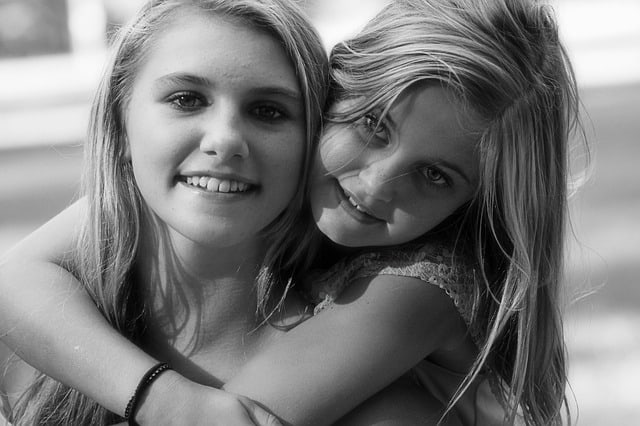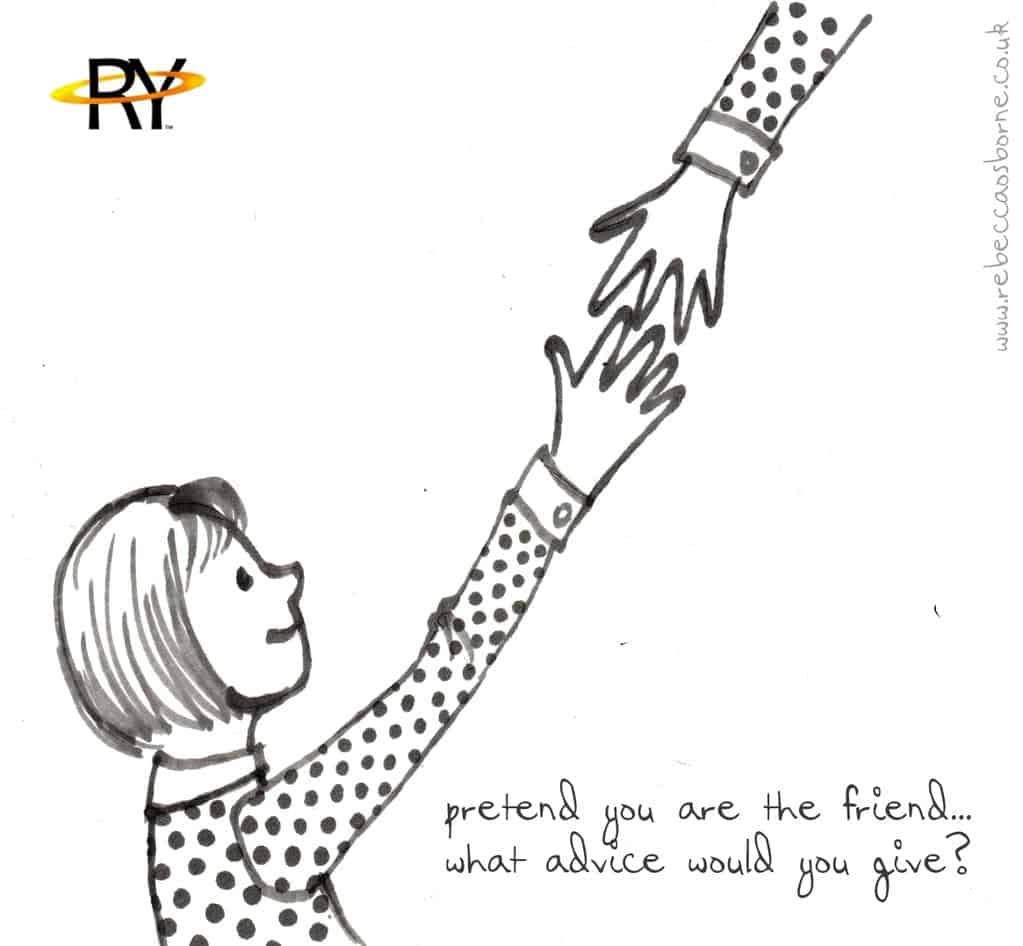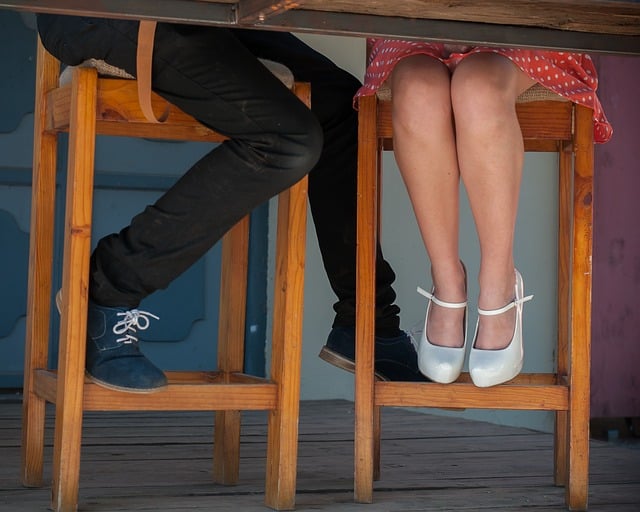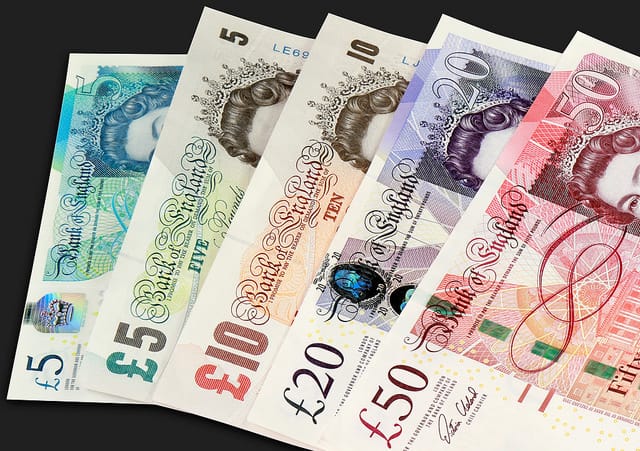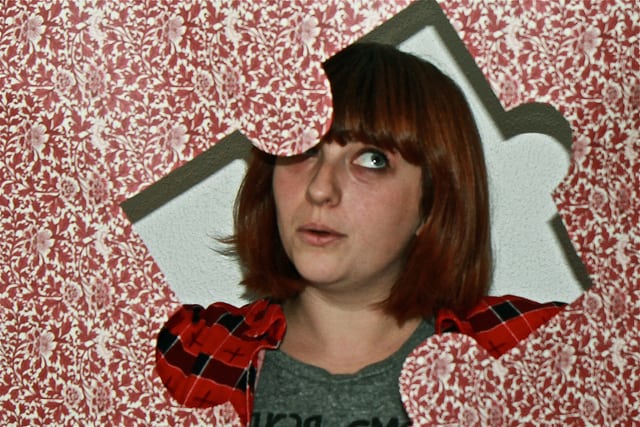What are the phases of a relationship?
Long-term romantic relationships consist of a series of seasons from the honeymoon to the empty nest during which the couple progresses from biological fireworks to deep, sustaining, romantic love and fruitful lives of shared experiences and relationships.


